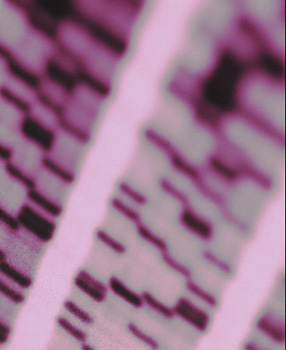SPRING 2014 CONTENTS
Home
Fresh starts for hearts
Cardiovascular medicine looks to stem cells for answers
Hiding in plain sight
A high-cholesterol gene
A change of heart
A conversation with Dick Cheney
Switching course
Untangling a birth defect decades later
Dear Dr. Shumway
A boy, two frogs and an airmail letter
Easy does it
Aortic valve replacement without open-heart surgery gains ground

DOWNLOAD PRINTABLE
ISSUE (PDF)


Plus
Digging down
Big Data’s boon to medicine
Photo by Wellcome Photo Library
The medical world has begun quarrying its new natural resource: big data.
Produced over the past decades, stored in rapidly multiplying and expanding databases, this information consists of great agglomerations of digital medical records, DNA sequences from clinical trial participants, disease registry entries, gene activation patterns during sickness and health, and more.
“Large data sets well beyond what people can analyze on their own are being generated in just about every field of biology,” says Mark Guyer, PhD, deputy director of the National Human Genome Research Institute.
Guyer says the future of biomedical research depends on large-scale data analysis. The federal government gave the data mining field a boost when it launched the Big Data Initiative in 2012, committing more than $200 million to mine data and develop tools to analyze it.
Stanford is encouraging progress by hosting the Big Data in BioMedicine Conference with Oxford University. This year it takes place at Stanford May 21-23.
For a look at what some of the world’s most innovative medical data miners have been up to, read on.

